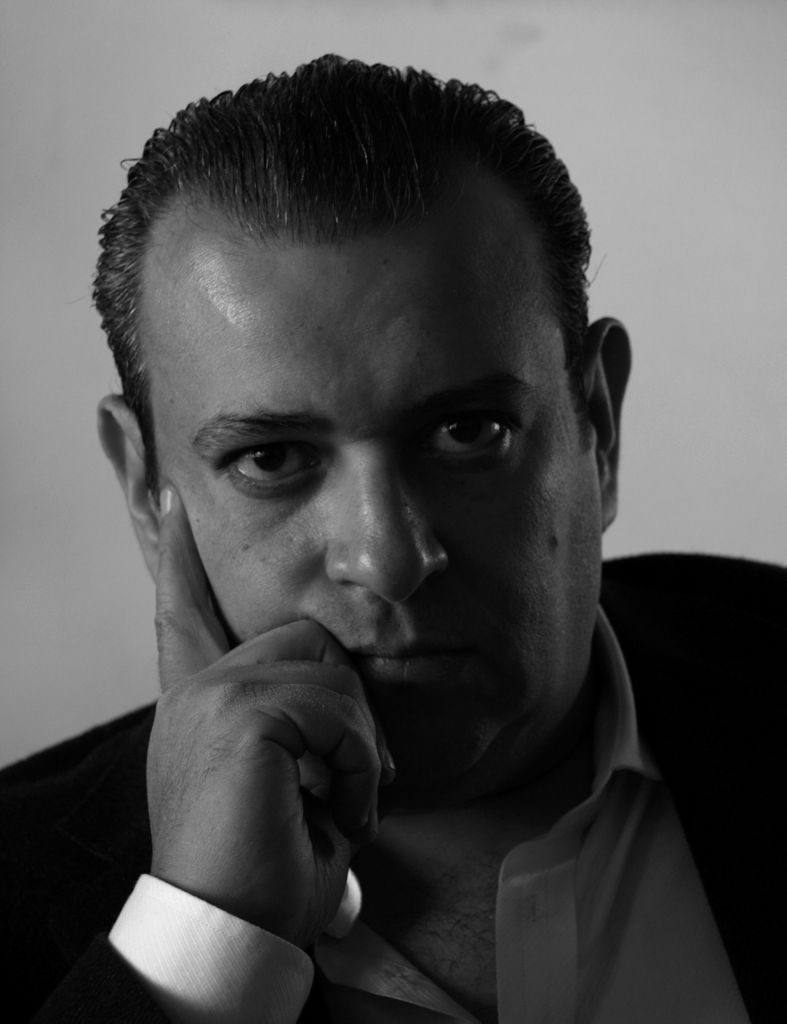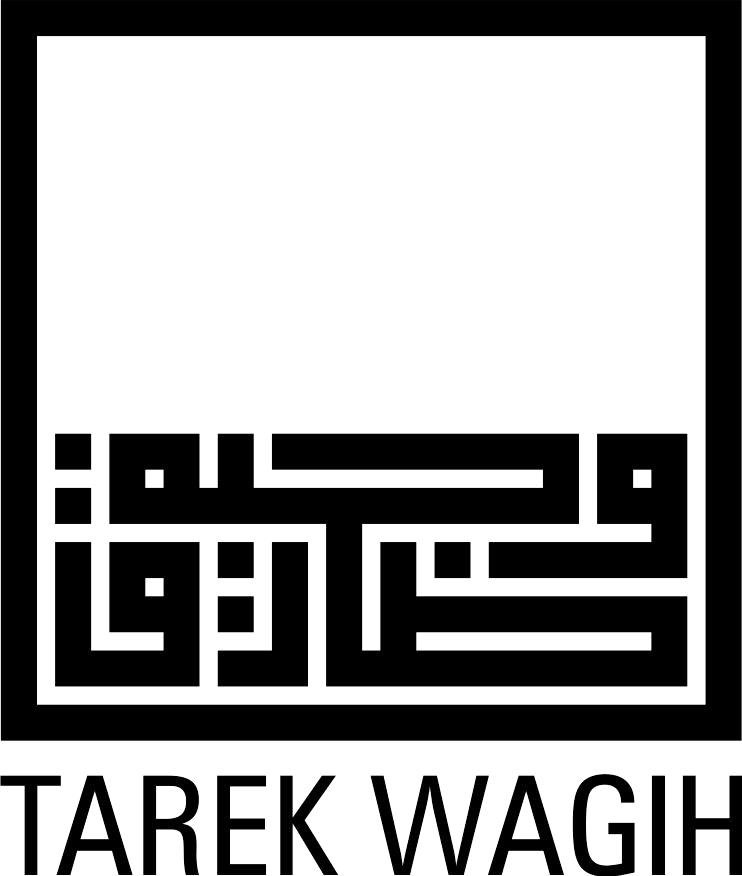Who is Tarek Wagih
For over three decades, Tarek Wagih has been a rising voice calling for innovation in architecture, interior, furniture and product design in Egypt. In addition to his architectural designs, Tarek has created several lines of furniture and accessories where he creatively synthesizes his interest in minimalism with the poetics of classical Islamic art and design employing calligraphy and geometric patterns.
Tarek’s interest in Islamic art and architecture was kindled by his discovery of Fatimid and Mamluke architecture in the mid 80’s. The work of the late Hassan Fathy, renowned for his unique style of architecture further influenced him, furnishing him with a new perspective on the authentic proportions and detail of Arabic and Islamic architecture and design. He was also greatly influenced by the work of Luis Barragan and Mies van der Rohe which taught him that the true raw material of architecture is place rather than mass as well as shifting his direction in design towards simplicity and minimalism.
Along with these professional influences, Tarek has sustained a lifetime passion for Arabic poetry and heritage, inspiring him to combine the rudiments of Islamic and Arabic aesthetics with his re-exploration of the meaning of ‘place’ and beauty in modern Egypt. Harmoniously merging all these lines of thought and artistic reflections, Tarek developed his own insight into the meaning of renewal in the contemporary Arab and Muslim architecture and design context. To him renewal, consists neither in indulging a progressive march towards technology and simple mimicking of modern lines, nor in a neo-classical or postmodern recasting of old designs. Tarek fervently believes that renewal is a disclosure of how we normally assimilate the past. The past is never gone to be imitated and the future is not simply a copying of what we label progressive. Instead, renewal is the fundamental integration of the present in the past that we already grow into through tradition, social norms and ethical systems. Artistic renewal is just bringing to light what we always already do in day-to-day life. The poetics of his design aims to re-discover how a reflective Arabic and Muslim spirit spatially orients itself in and what it intellectually explores about a modern setting into which it was born and to whose demands it responds.


